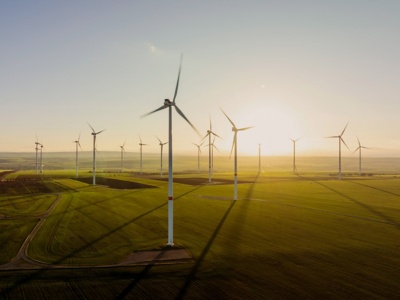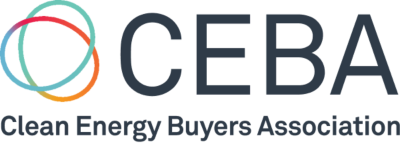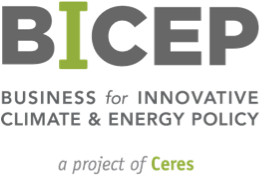SUSTAINABILITY
Committed to creating a sustainable future.
At Workday, we measure our success not only in financial terms but also by how we operate in the world. It’s why we build sustainability into everything we do.

OUR PRIORITIES
Protecting the planet.
Our approach to sustainability focuses on the areas where we can make the most impact.
We’re actively reducing our carbon footprint, making investments in renewable energy, promoting climate policy, reducing and responsibly disposing of our e-waste, and encouraging our employees to adopt sustainable practices.
On a global level, we partner with other climate-focused leaders who believe it’s our collective responsibility to support a sustainable future.
MAKING A DIFFERENCE
Taking action against climate change.
Workday has set science-based emissions reduction targets that are consistent with keeping global warming to 1.5°C above preindustrial levels. We’re aligning our sustainability journey with the transition to a net-zero future.
Catalyzing climate impact.
We work with other organizations to increase the scale and impact of our investments in climate solutions. This includes our long-term offtake agreement that provides a demand signal for high-integrity projects.
Investing in carbon removal.
We’ve joined Frontier, a $1 billion advance market commitment, to buy permanent carbon removal. We also made a $1 million investment to aid mangrove reforestation in Mexico and Kenya.
Mitigating our emissions.
We made a bold commitment to reach net-zero carbon emissions and operate on 100% renewable electricity by 2021. In fact, we’re one of the first companies to achieve a lifetime net-zero carbon footprint.

OUR EFFORTS
Doing our part.
We’re always looking for ways to create a more sustainable future. Here are some of the efforts and policies we’ve enacted to ensure we do our part.
Renewable electricity powers our purpose.
We match 100% of the electricity used at our global offices and data centers with clean, renewable sources, and we helped create the first small aggregation clean energy deal.
Climate-focused goals on a global scale.
We collaborate with other organizations to scale our environmental impact to help create global change.
We developed a climate policy statement.
Since the creation of our climate policy statement, we’ve accelerated our participation in the climate policymaking process to drive meaningful action.
Responsibly disposing what we can’t recycle.
We adhere to strict e-Stewards standards for e-waste disposal.
Training workers for green jobs.
We actively foster the growth of green jobs by funding training programs that equip individuals with the skills necessary for emerging sustainable careers.
Partnering with organizations that share our values.







EMPLOYEE INVOLVEMENT
Our Workmates pitch in, too.
We’re not in it alone. Our employees know that what they do every day matters and are committed to small actions that have a big impact.
85% of our employees are passionate about the environment.
50+ employee Green Teams spearhead sustainability efforts around the world.
